History of Sherbet
Summer has started with a bang and we are on the lookout for easy ways to beat the summer heat and stay healthy and hydrated. And from out of many options, we usually go for a chilled glass of our favourite sherbet. Sherbet is one of the favourite summer drinks all over India and it is quite common to see sherbet stalls in roadsides. However, sherbet is not just popular in India, but in other countries too.
Wicked Spoon Confessions brings to you some interesting information about this quintessential summer drink.
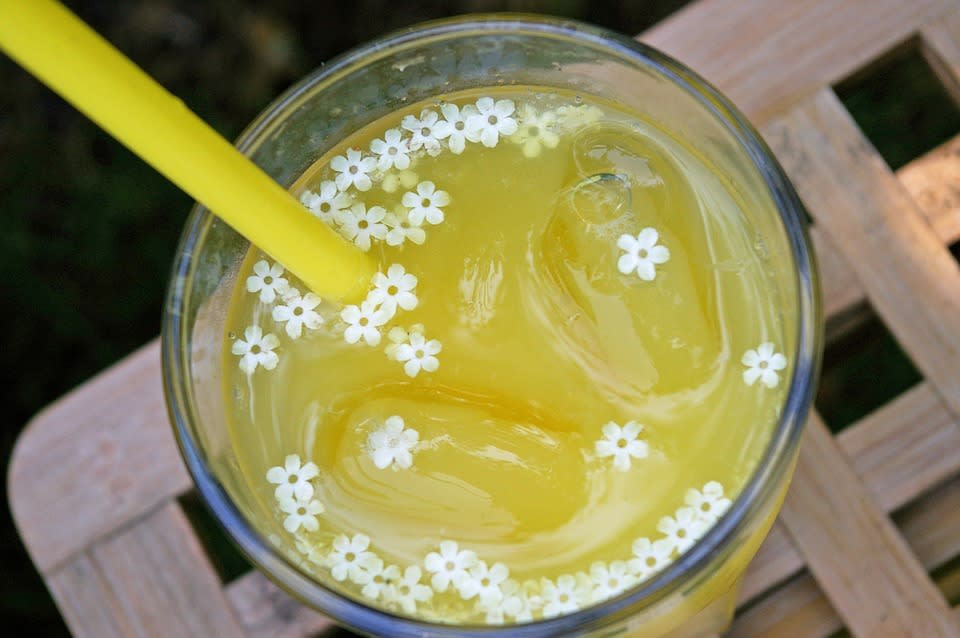
History
Sherbet, also known as Sharbat is a popular drink in West and South Asia. It is derived from the Arabic word “shariba”, meaning “to drink”. The oldest mention of Sherbet is found in a Persian book of 12th century, Zakhireye Khwarazmshahi. In this medical encyclopedia, the author Ismail Gorgani describes the sherbet varieties available in Iran then, including Anar, Ghoor, and Sekanjebin.
Sherbet became popular in the Indian subcontinent during the rule of the Mughal emperor Babur. As per Babarnama, sherbet was a favourite drink of Babur and he introduced it in India. It is said that he used to send his people to the Himalayas to get fresh ice to make this refreshing drink. Jahangir, another Mughal emperor was fond of falooda sherbet.
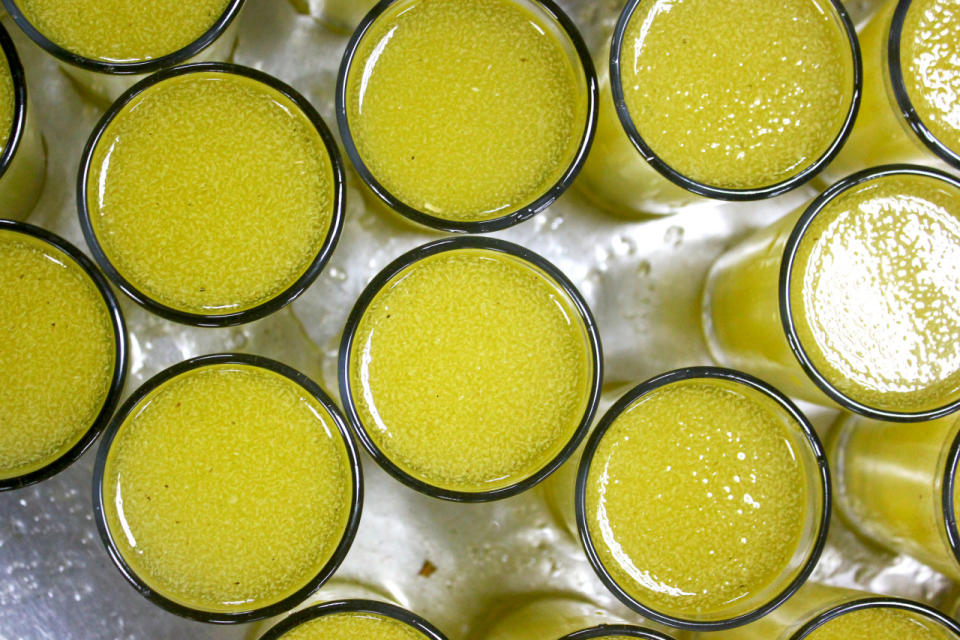
“Creative Commons Sharbat” by Nasir is licensed under CC BY 2.0
Sherbet was also popular in ancient Turkey and the spices, herbs and fruits used in the preparation of sherbet were said to be grown under the supervision of pharmacists and doctors in the Ottoman palace.
Ingredients and Preparation
Sherbet is usually a syrup made from fruit, flower extracts, and herbs.
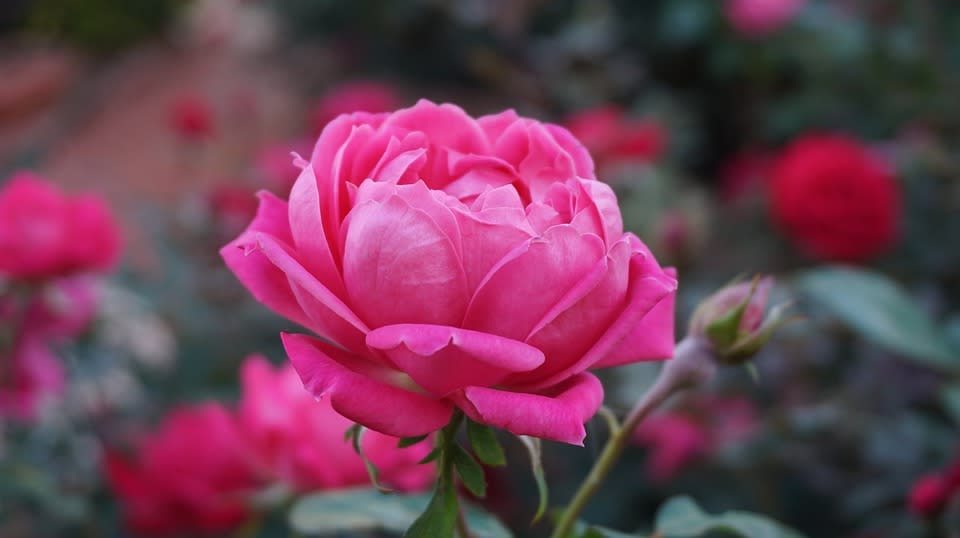
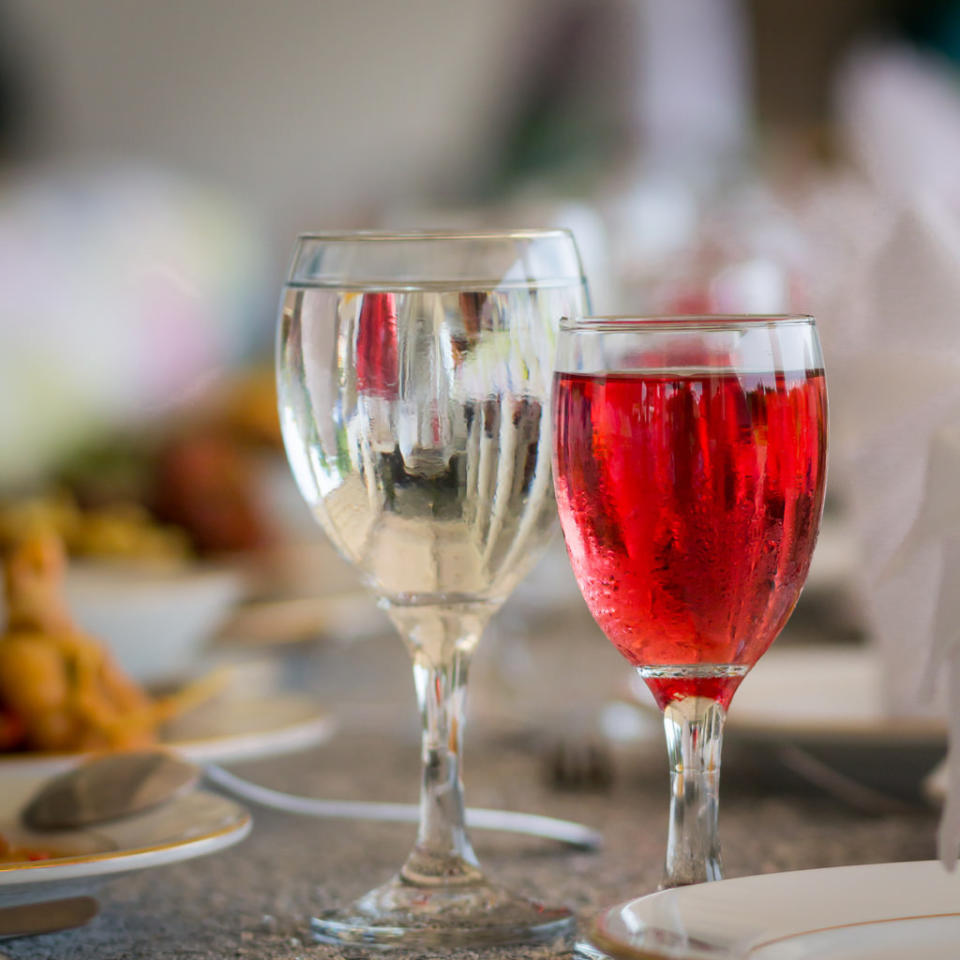
“Creative Commons Water and rose syrup” by stratman² (2 many pix and busy) is licensed under CC BY 2.0
The syrup is then diluted with water and sugar is added for taste. It is served with ice. For some varieties of sherbet, such as the falooda sherbet, milk is used to dilute the syrup instead of water.
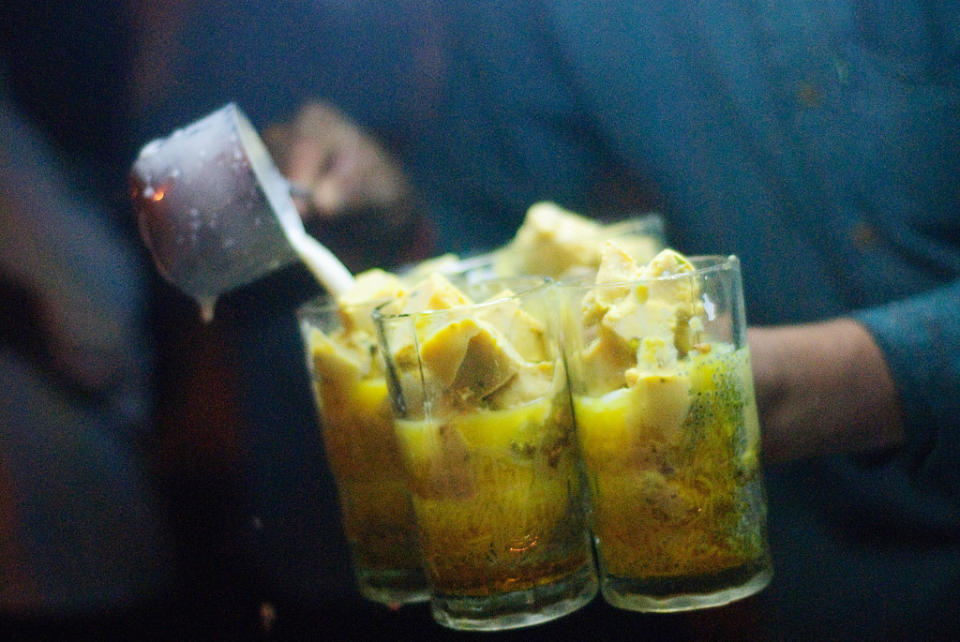
“Creative Commons The Making of Falooda” by pangalactic gargleblaster and the heart of gold is licensed under CC BY 2.0
During the earlier days, the syrup for sherbet was made by boiling sugar cane juice. Then the flower/herbal extracts, known as “Arak” was added to this cane syrup. Arak is made from variety of fruits/herbs such as rose, saffron, sandalwood, pineapple, lemon, mango, orange, hibiscus, khus (vettiver), falsa and screw-pine. Corn syrup was also used to make sherbet in the United States of America.
Lime juice is also added to most of the sherbet recipes. Lime juice helps prevent crystallization of sugar present in the syrup.
At times, sabja seeds (basil seeds) are presoaked in water and added to the diluted syrup for variety. Sabja seeds are a must for falooda sherbet.
Sherbet can also be prepared by using a combination of various syrups. For instance, rose, khus, and kewra can be combined together and diluted with evaporated milk (rabri). Rose gives fragrance to the sherbet, while khus makes the fragrance last longer and kewra enhances the sweetness of the sherbet.
Sherbet around the world
Sherbet is popular not only in India but also in countries such as Iran, Pakistan, Bangladesh, Turkey and Arabian nations.
Indian Subcontinent:
Sherbet is an integral part of a traditional Indian meal, especially during the summer. The sherbets prepared with varieties of fruits/flowers and combined with ice makes Indian summers cooler and blissful for the body. Indian sherbets can be salty, sweety, tangy or chilli. Different types of desi sherbets are prepared in different regions based on the seasonal fruit/flower/herb available. For example, nannari sherbet (made from a fragrant herb, also called as sarsaparilla) is quite famous in South India whereas mango/lemon sherbet is popular in North India. In Goa and other western regions, kokum sherbet is popular in summer. Ginger, asafoetida, tamarind are also added to the sherbet at times for additional flavour.
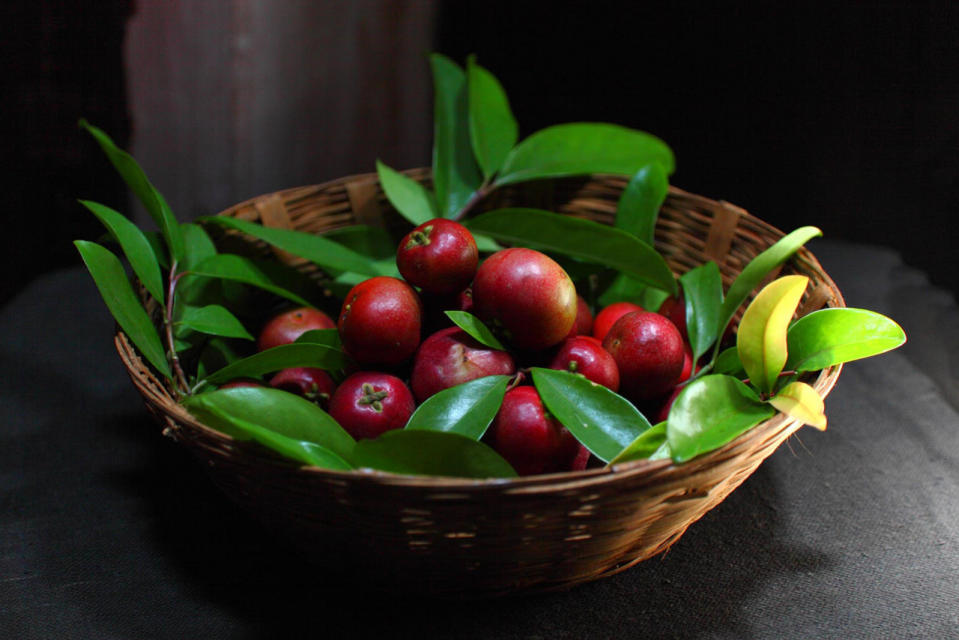
“Creative Commons Garcinia indica (Kokum)” by Ramnath Bhat is licensed under CC BY 2.0
Most of the above varieties are prepared in Pakistan and Bangladesh too. Shahi zafran ka sherbet (honey and saffron sherbet) is a popular Pakistani sherbet.
Iran
Iranians celebrate their new year’s holiday with a family picnic, eating and drinking seven things that start with the letter S. Sherbet is an important part of their celebration and they prepare it with fresh mint, sugar, and vinegar.
Egypt
Egyptians enjoy a variety of sherbets. Their sherbets are mostly made of sugar and water, lemon, and violet flowers, mulberries, and sorrel. They also prepare sherbet from liquorice root and the fruit of the locust tree.
Turkey
Sherbet is quite famous in Turkey and is sold on the streets. Some sellers sell it in the traditional way. They carry a big brass flask with a long nozzle on their backs. They hold glasses in their sash. Some sellers also use brass cup-holders. They rinse a glass with water first and then they bend forward and pour their sherbet into the glass from the spout that curves over their shoulder.
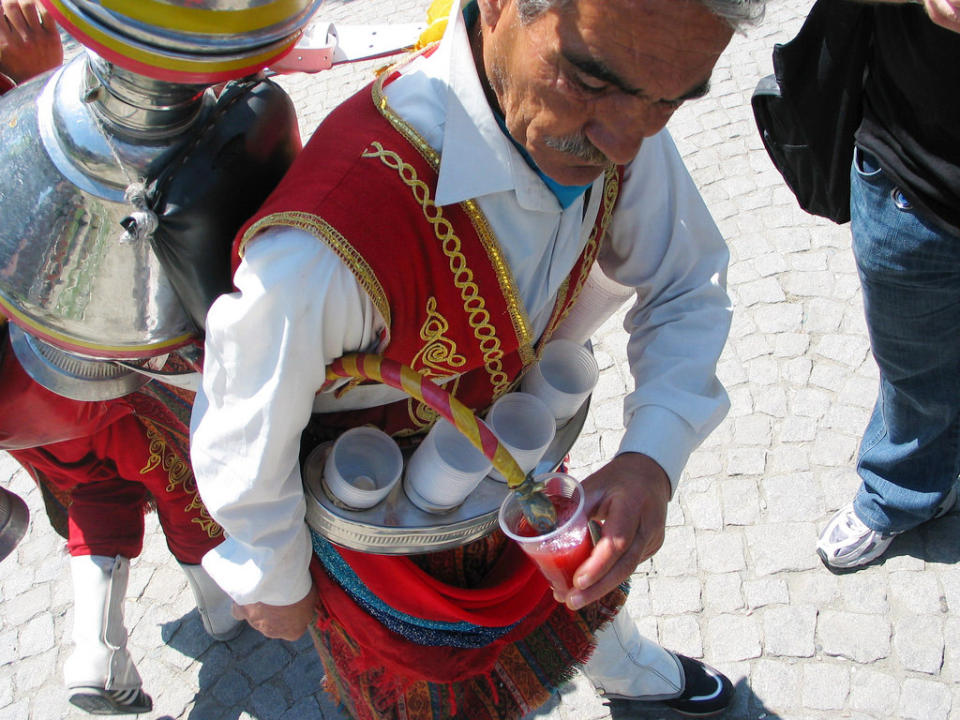
“Creative Commons sherbet” by julieupmeyer is licensed under CC BY 2.0
Europe & USA
From Turkey, sherbet spread to Romania, the Balkan area and other Western nations. It is popularly known as “serbet” or “sorbet” in some places. In the USA, sherbet is sold as a frozen cooler. However, that is not the original sherbet. With the introduction of carbonated drinks, sherbet has become less popular in Western nations.
Sherbet can be easily made in home with readymade syrup mixes available in market or by preparing your own syrup. So, ‘nuff gyan on the history of sherbet- it’s time to grab another glass of our favorite rose flavoured sherbet now. You too tell us about your favourite sherbet that gives you a refreshing respite from the summers.

